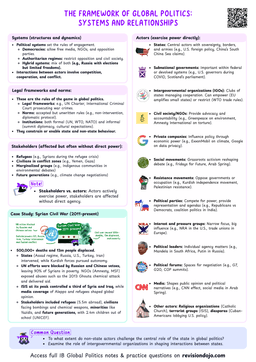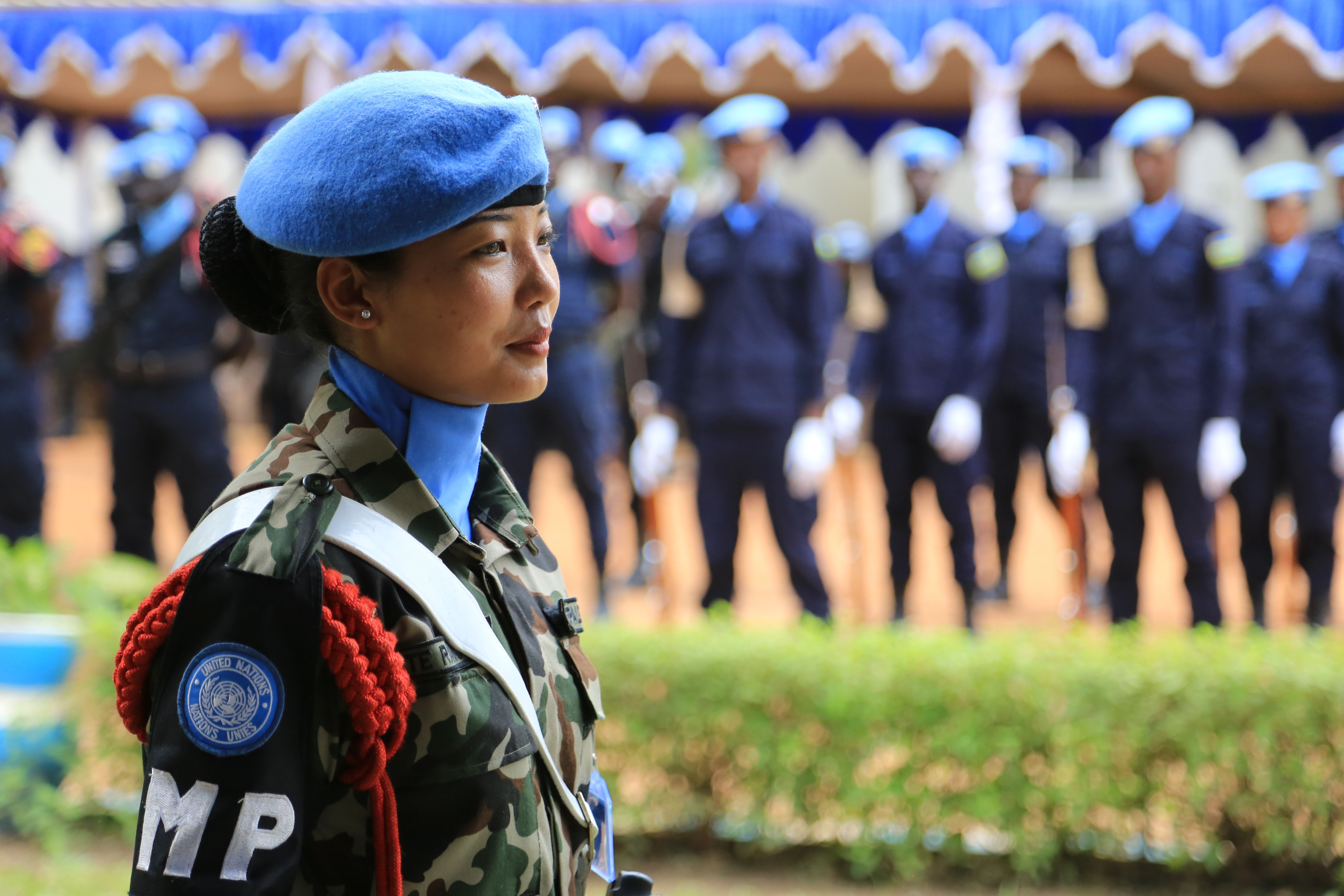Understanding Peacekeeping
Peacekeeping
Peacekeeping is a critical tool in international relations, designed to maintain peace and security in regions affected by conflict. It involves the deployment of multinational forces to stabilize areas, support ceasefires, and create conditions for lasting peace.
- Peacekeeping is not limited to military operations
- It often includes civilian and police components to address humanitarian needs, rebuild institutions, and promote human rights.

The Evolution of Peacekeeping
- Traditional Peacekeeping (1940s–1980s)
- Focused on monitoring ceasefires and buffering between warring parties.
- Operated under the principles of consent, impartiality, and non-use of force except in self-defense.
- Multidimensional Peacekeeping (1990s–Present)
- Expanded to include peacebuilding, democratization, and humanitarian assistance.
- Examples include missions in Bosnia, Rwanda, and East Timor.
- Robust Peacekeeping
- Allows for the use of force to protect civilians and ensure mission mandates.
- Seen in operations like the United Nations Organization Stabilization Mission in the Democratic Republic of the Congo (MONUSCO).
- The United Nations Interim Force in Lebanon (UNIFIL) is a classic example of traditional peacekeeping, established in 1978 to monitor the withdrawal of Israeli forces and maintain peace along the Israel-Lebanon border.

Key Principles of Peacekeeping
- Consent of the Parties
- Peacekeeping operations require the consent of the host country and conflicting parties.
- This ensures legitimacy and cooperation but can limit effectiveness if consent is withdrawn.
- Impartiality
- Peacekeepers must remain neutral, treating all parties fairly.
- This does not mean inaction, peacekeepers can intervene to protect civilians or enforce mandates.
- Non-Use of Force (Except in Self-Defense)
- Force is used only to protect peacekeepers, civilians, or the mission mandate.
- Robust peacekeeping allows for more proactive use of force in volatile environments.
- When analyzing peacekeeping missions, consider how these principles are applied or challenged in specific contexts.
- This can reveal strengths and weaknesses in the operation.
Types of Peacekeeping Operations
- Traditional Peacekeeping



